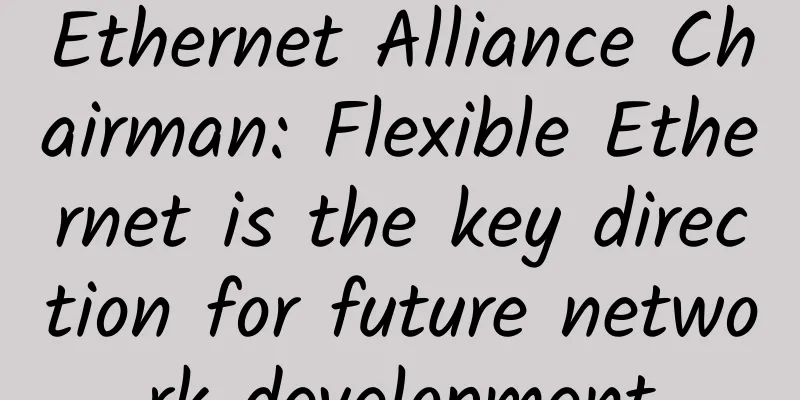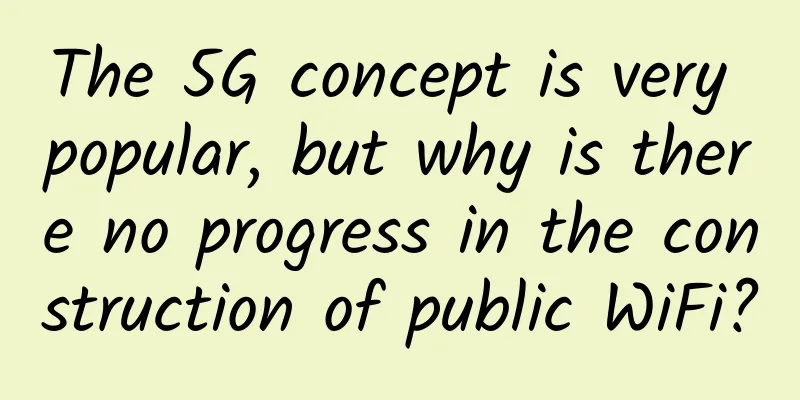Network Programming - Another Look at TCP's Four Waves

|
Preface Four waves The four-wave process can be seen in many places. Here is a brief introduction. The common process is shown in the following figure: The general process is as follows:
As a common four-wave handshake scenario, we may be accustomed to it, but it should be noted that the disconnection is not limited to this case. It can also be initiated by the server or by both parties at the same time, but this is not the focus of this article. Let's take a look at what we need to pay attention to in the four-wave handshake. What is TCP Half Close TCP half-close means that after one end finishes sending, it can still receive data from the other end. In other words, although the client is ready to disconnect and sends a FIN message, the client can still receive data from the server. However, this closing method cannot use the close interface, but needs to use shutdown:
And the how parameter value is SHUT_WR, which is 1, indicating shutdown for writing, which only shuts down the sending of this end. Why wave four times? Why does it take three handshakes to establish a TCP connection, but four handshakes to terminate a connection? This is because TCP is half-closed. Since a TCP connection is full-duplex and can transmit data in both directions, the two directions need to be closed separately. So the process is like this:
Therefore, the whole process requires four waves. Why TIME_WAIT state? TIME_WAIT is also called 2MSL waiting time. MSL is the maximum survival time of a message, which is the longest time any message exists in the network before being discarded. This time may vary in different types of systems, but it is not critical. On my personal machine, it can be observed with the help of netstat command and nc command in the following way. Listen to port 1234 in terminal 1:
Connect to port 1234 in terminal 2:
Observe through the netstat command in terminal 3:
Then press ctrl+c in terminal 1 to terminate the connection, and immediately observe the results in terminal 3. We find:
We can observe that the server is currently in TIME_WAIT and has a timewait timer of 1 minute. For the usage of netstat command and nc command, please refer to "Network Commands You Must Know - netstat" and "Swiss Army Knife of Network Tools - nc" respectively. The existence of the TIME_WAIT state mainly considers the following two aspects:
Why is TIME_WAIT used to achieve reliable four-wave handshakes? Imagine that if the last ACK sent by the client is lost, the server will send a FIN message again. At this time, the client must be in a waiting state, otherwise the server will never receive the ACK and will receive a RST message, thinking it is an error. If the client is in the TIME_WAIT state at this time, that is, it waits for 2MSL time, it can respond to the server ACK again. This ensures reliable four-wave handshakes. Of course, if the server has not received it within 2MSL, then sorry, the client has done its best and will not wait any longer. It should be noted here that the end that finally performs the active close will be in the TIME_WAIT state. So why is it said that it is to avoid receiving old duplicate messages? Imagine this scenario: Suppose there is already a connection established at port 1234, we close this connection; after a while we establish a connection at the same IP and port, but TCP must prevent the old message in the previous connection from appearing in this new connection after its original connection has been terminated, so TCP will not allow a new connection to be established at the IP and port in the TIME_WAIT state. After 2MSL time, the old message has already disappeared in the network, thus avoiding this situation. This situation can be easily observed through the server program of "Network Programming - A Simple Echo Program":
Press ctrl+c on the server terminal to terminate the server, and then start the server again:
After terminating the server, the server is in TIME_WAIT state. If you start the server again, you will not be able to use the original IP and port to establish a connection, so the error "Address already in use" will appear. But please note:
Half-open TCP connections Suppose after a connection is established, one party suddenly terminates the connection abnormally, but the other party does not know about it. At this time, the TCP connection is half-open. If the server does not handle it, it will eventually lead to a large number of half-open connections on the server. So how does the server know that the client's connection has been abnormally terminated? If you wait for the server to send data and find out when it fails, it may be too late. Fortunately, TCP has a keep-alive timer. That is, the server can know whether the client has terminated the connection by setting the keep-alive option. You can see that many connections have such timers in the following way:
Unfortunately, such a timer is too long, and it does not mean that the application can work normally or send and receive data normally, so the application layer often implements a heartbeat mechanism. Summarize This article spends a lot of space to introduce the TIME_WAIT state, which is also a frequently asked question in interviews. It is necessary to review the four waves of TCP. |
<<: Is the network model seven layers, five layers, or four layers?
>>: IPv6 communication principle (1) - The network card startup process that cannot be ignored
Recommend
Why do mobile network testers still pursue speed at all costs?
Communications operators must refocus on covering...
Mobile networks want to kill WiFi, but it won’t work in China
According to a recent report by OpenSignal Mobile...
What exactly is 5G Open RAN?
Traditionally, the proprietary network equipment ...
XenSpec: $2.95/month KVM-1GB/10GB/1Gbps unlimited traffic/Los Angeles, Chicago data centers
We have shared information about XenSpec several ...
Online interview experience: Is it absolutely safe to use HTTPS?
[[421374]] This article is reprinted from the WeC...
Sharktech: Denver high-end 1Gbps unlimited traffic server $129/month, Los Angeles 1Gbps unlimited traffic starting at $59/month
Sharktech has launched a new high-end server prom...
6GHz band officially approved, Wi-Fi 6E to debut this year: 2.5 times faster
Since the Wi-Fi frequency band was first vacated ...
Just remember one number and you can quickly calculate the available range of the IP segment.
As long as you remember a simple number, you can ...
VR resolution increased by 4 times, Yiche App released a new version to meet the needs of 5G mobile phone users
December 3, Yiche officially released the Yiche A...
Millimeter wave tragedy puts 5G in an awkward position
The United States is increasingly anxious and str...
Spring is coming, the cancellation of data roaming charges? Beware of scams
Mr. Dongguo and the wolf, Lu Dongbin and the dog,...
Authoritative interpretation from the Ministry of Industry and Information Technology: What exactly is "5G+Industrial Internet"?
[[415906]] Recently, the Information and Communic...
OlinkCloud: 20% off all VPS starting at $4/month, 40% off dedicated servers, pure AS9929 lines in Germany/San Jose, USA
Olink.Cloud is a site under DiaHosting, mainly pr...
Why do we need a websocket protocol when there is an HTTP protocol?
Usually when we open a web page, such as a shoppi...
Internetport: €2/month KVM-512MB/10G SSD/5TB/Sweden VPS
Here is another VPS host in an unpopular area. In...









